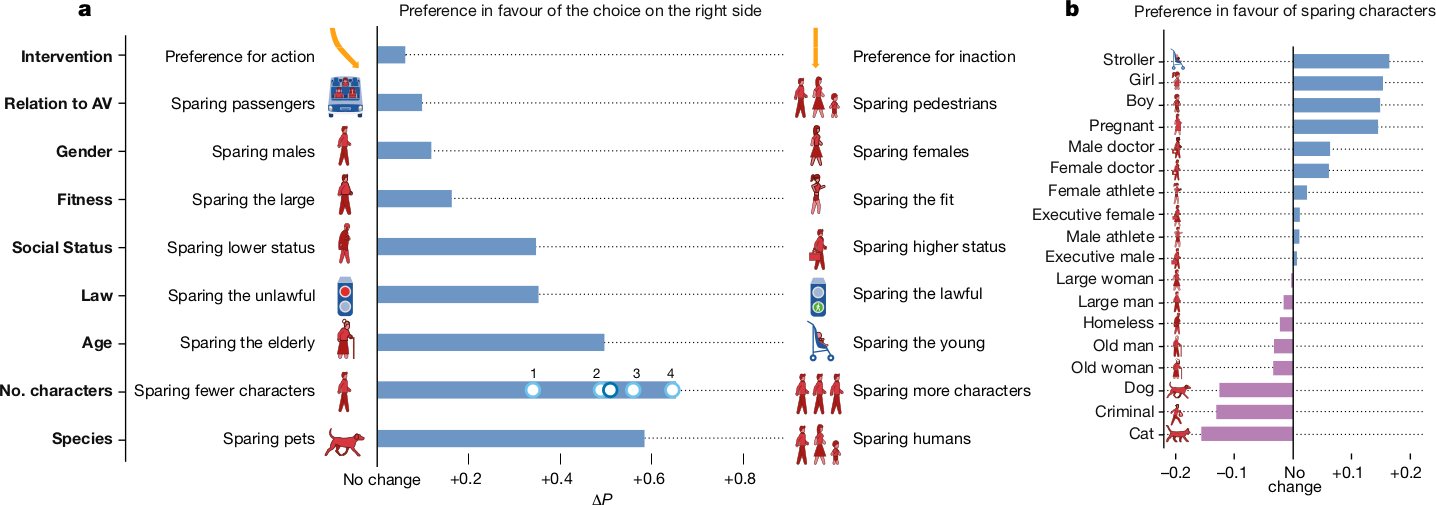You can almost watch my opinion flip in real time.
September 25, 2014 at 11:57 am
If Benson made a habit of linking to TERF materials, even though she knew where they came from and had plenty of alternatives, I wouldn’t be so quick to defend her. But this is a single cartoon that is only problematic because of its source, and even then you had to either know TERF lingo or read carefully to discover the source was problematic. It should be entirely forgivable, at minimum, especially if Benson made it clear she didn’t endorse trans exclusion once she knew of the source. Which she did.
That some people aren’t willing to forgive this no matter what Benson does outs them as demanding perfection from imperfect beings. Only the most fanatic religious fundamentalists agree to that.
=====
Not only does coded language allow you to get away with saying racist/sexist/classist things, you might trick non-racist/sexist/classist people into supporting you. I myself was thinking of sharing an image elsewhere, until I saw octopod raise the TERF flag and went “hmmm, I might be missing something here.” On and off over several hours, I scratched my head trying to work out what that was. “I suppose that one comic ‘reinderdijkhuis’ linked to made it explicit, but I didn’t spot anything else as bad. Though, now that I think of it, that rainbow comic looked like a coded message. And it was weird the masthead used the word ‘cotton’ but I’m HOLY SHIT HOW COULD I BE THAT BLIND….” […]
In that moment, a page I originally thought contained a mix of funny but heavily obscure comics was revealed to be a vicious cacophony of sexist dog whistles. EVERY comic was dripping with hate, but in some of them it was so carefully hidden that it looked like feminist commentary. Those could easily float around Facebook, with only a select few snickering over the true message being passed around. Imagine sharing an image that mocked Obama for being a warmonger, following the link to the source, and stumbling across a white supremacist website. If you were black, that would be horrific.
Hopefully that should explain why the image had to go, and why I was wrong to edge towards the “devil’s advocate” chair. My apologies for taking so long to clue in.
I was a latecomer to Ophelia Benson’s transphobia, other people had been aware of it for at least a year before my flip began. The whisper network had started talking, and I decided to listen. I owe a debt of gratitude to the people who helped me move from clueless to slightly-less-so, people like abbeycadabra, Janine, Xanthë, and Jason Thibeault. That also means I should take critiques from them seriously, as my understanding isn’t as far along as theirs.
Frankly, for a trans person, there’s something surreal and erasing in seeing cis people feuding with cis people over whether we exist. I mean, I am grateful that there are cis people being allies for us and pushing back against the transphobes (and homophobes and every other kind of -phobe.) But the fact that people have to come up with logical arguments and “evidence” that our transness is “real,” thus keeping the question alive of whether we do, in fact, exist, keeps giving me the creepy feeling that maybe I’m just a figment of my own imagination. I think the technical term is “depersonalization.”
It’s like when people run around “proving” that 1 = 0 — nobody sees any real need to “disprove” it, because it’s obvious that such a proof is BS. (It’s a reductio ad absurdum on the face of it.) But it seems like even those who believe in our existence feel the need to prove it. I was just reading HJ Hornbeck’s post about trans athletes, which has all kinds of “scientific,” “objective” evidence that gender dysphoria, gender identity, etc. are real. The problem with going down that path is not only that it concedes the possibility that it could be “disproven,” but also that trans people who don’t fit into the definitions and criteria in those “proofs” are then implicitly left out of the category “real trans.”
I was originally going to type up something in response, but after re-reading this comment that instinct feels mistaken. I agree with all of it, anything I add would just be restating something they said, and that would promote the idea that trans people’s opinions only have weight if cis people agree with them. So I’ll give Allison the final word.
This is BTW why I don’t like the idea of medical tests for transness, or proofs that trans people’s brains are observably different from cis people’s. Ultimately, being trans lies in one’s own understanding of oneself, gained through hard and painful experience. If I know based on my own experience of myself that “trans” best describes me, and some brain scan “proves” that I’m not, which am I to believe? (“Who are you gonna believe? Me? Or your own eyes?”) I spent most of my life ignoring my experience of myself and trying to live the way society told me I should, and it damned near killed me, and I think most trans people (at least we older trans people) have had the same experience.

